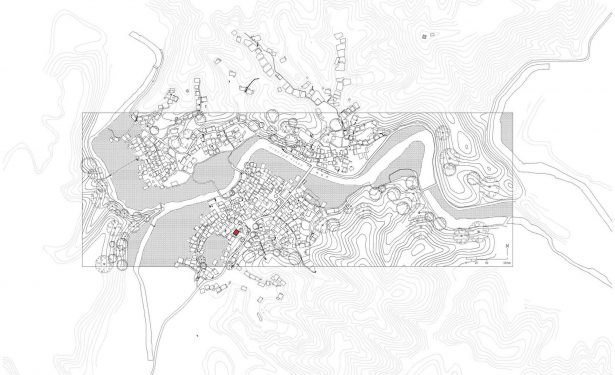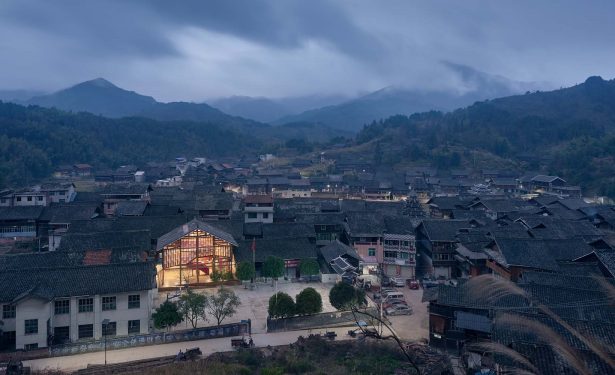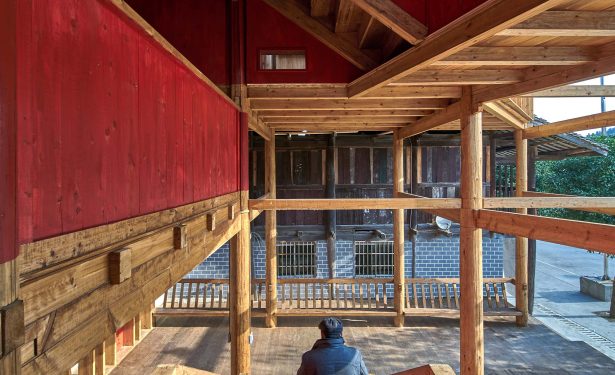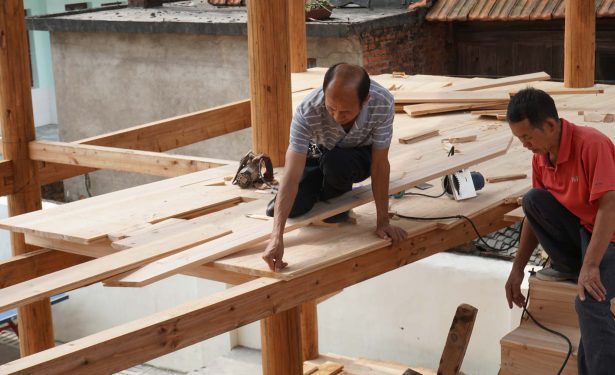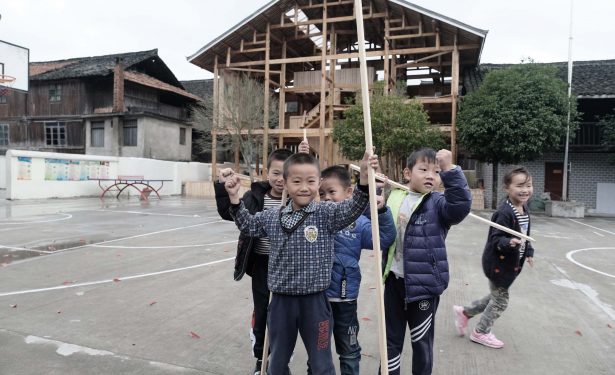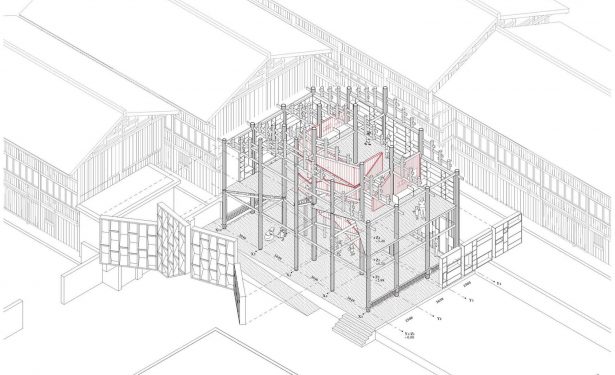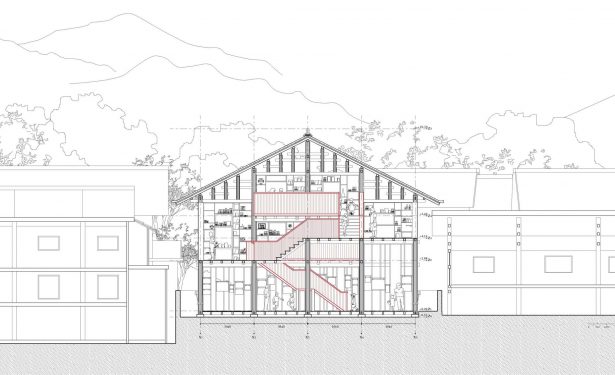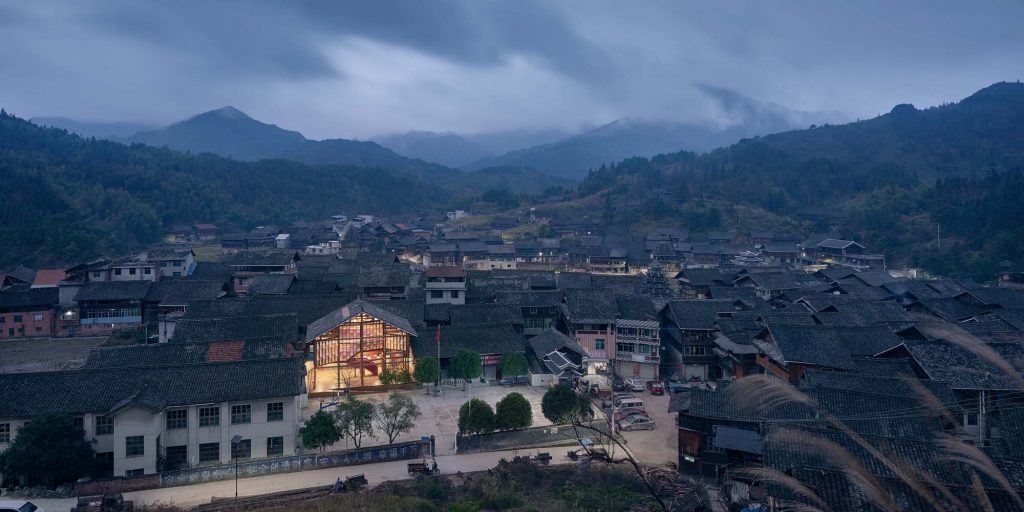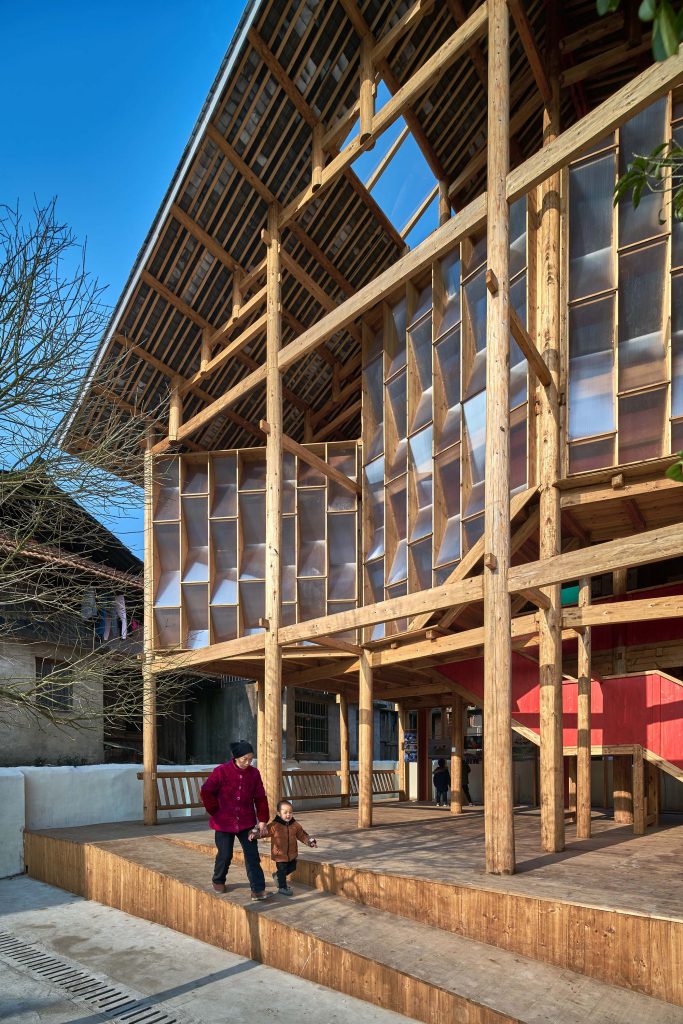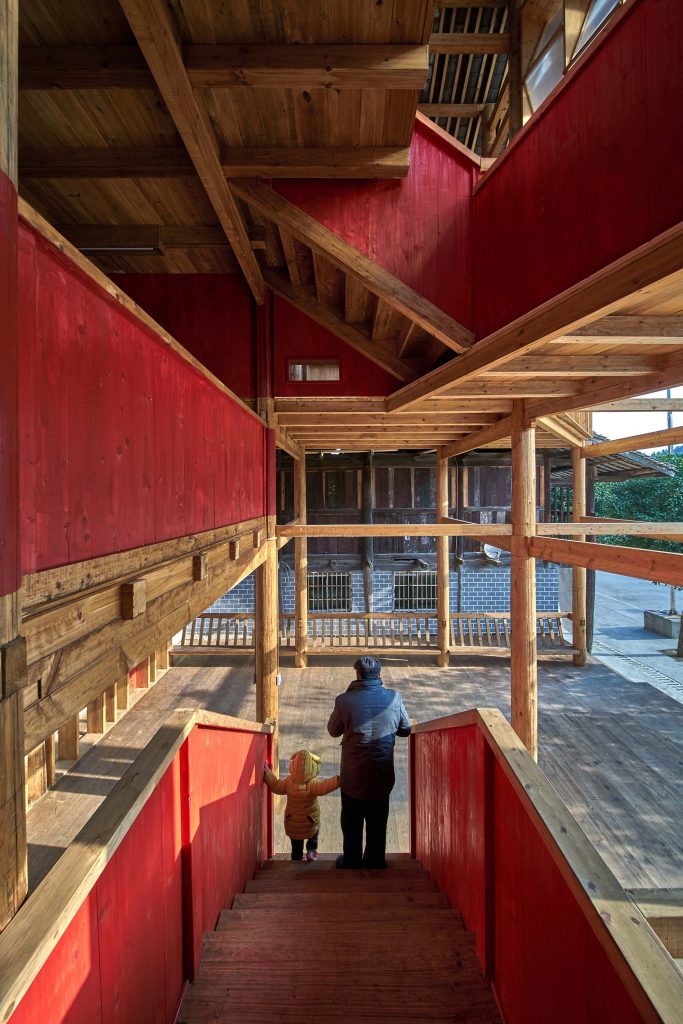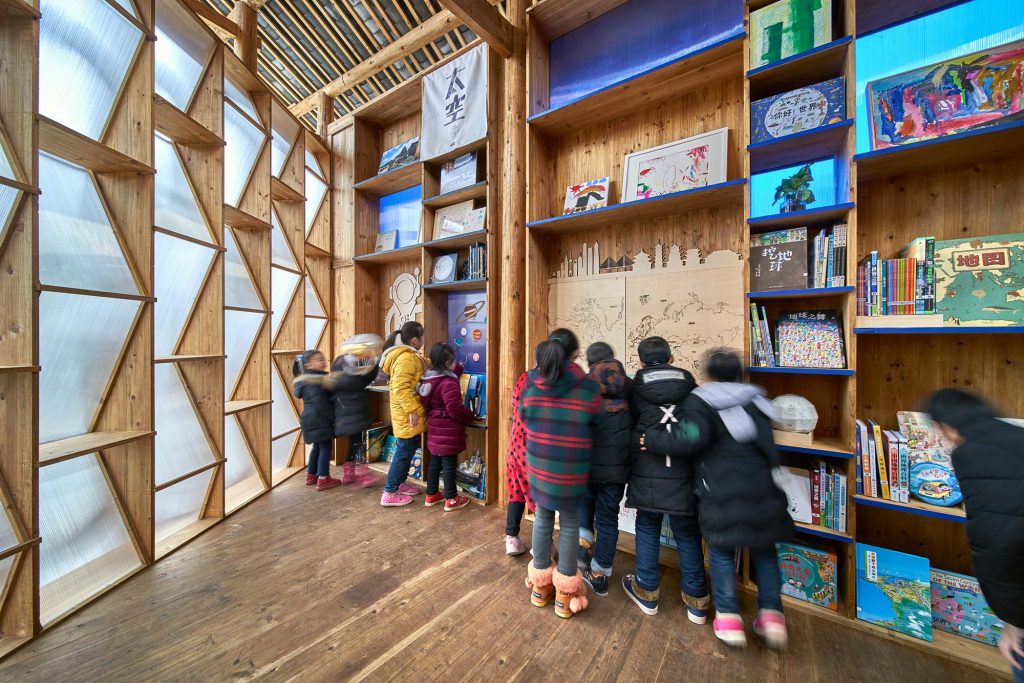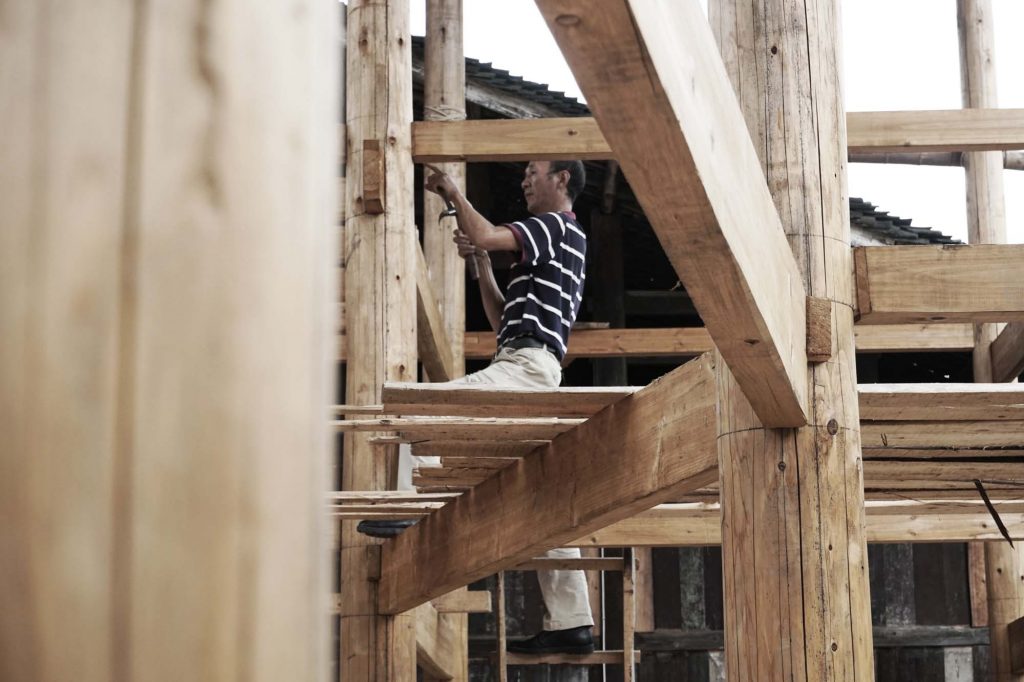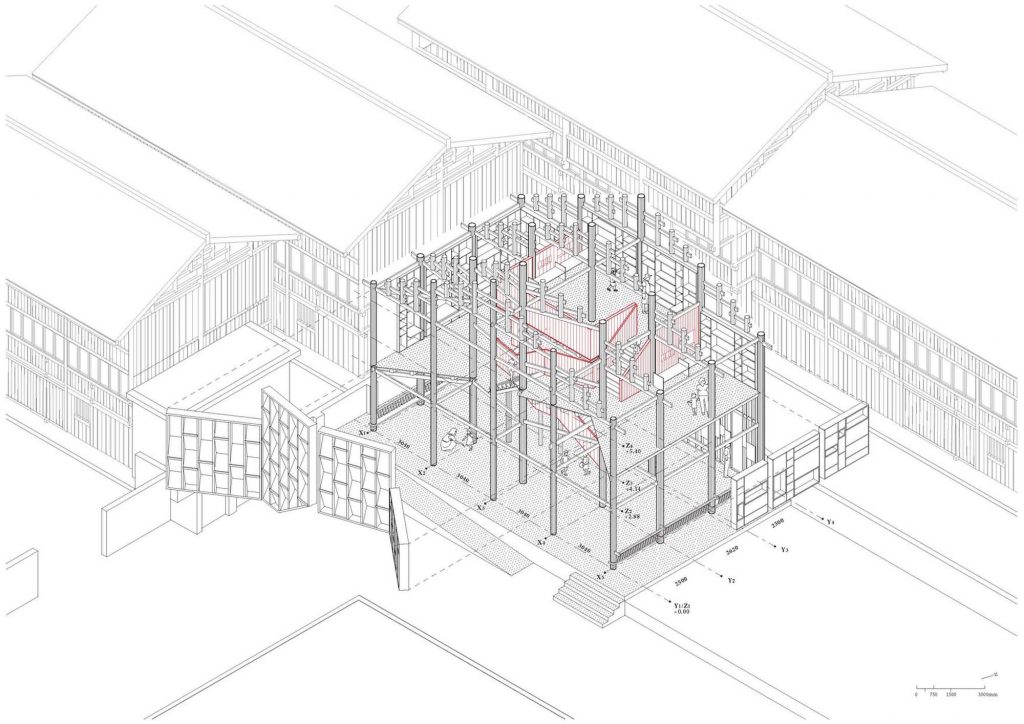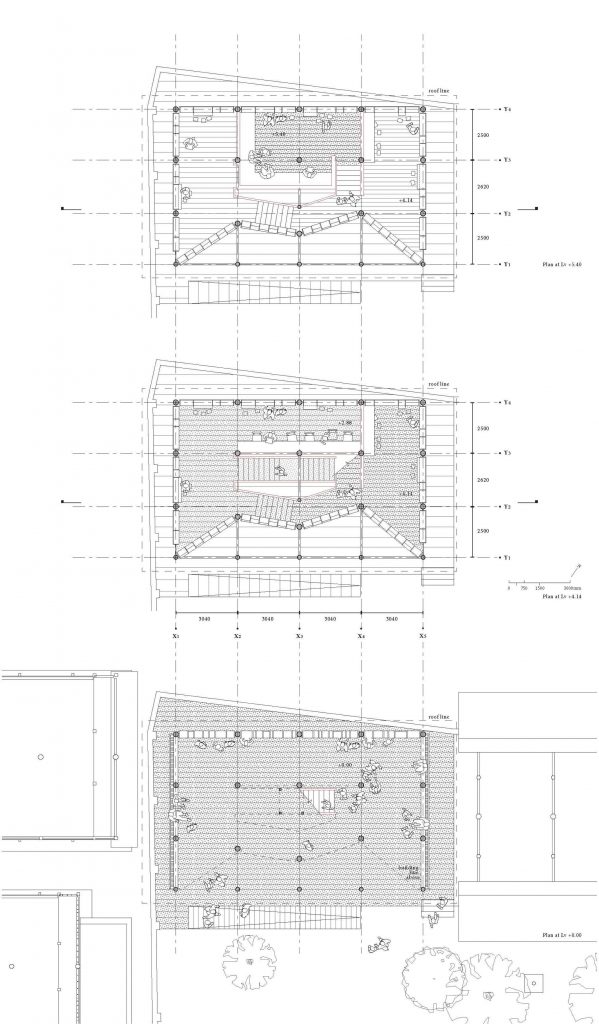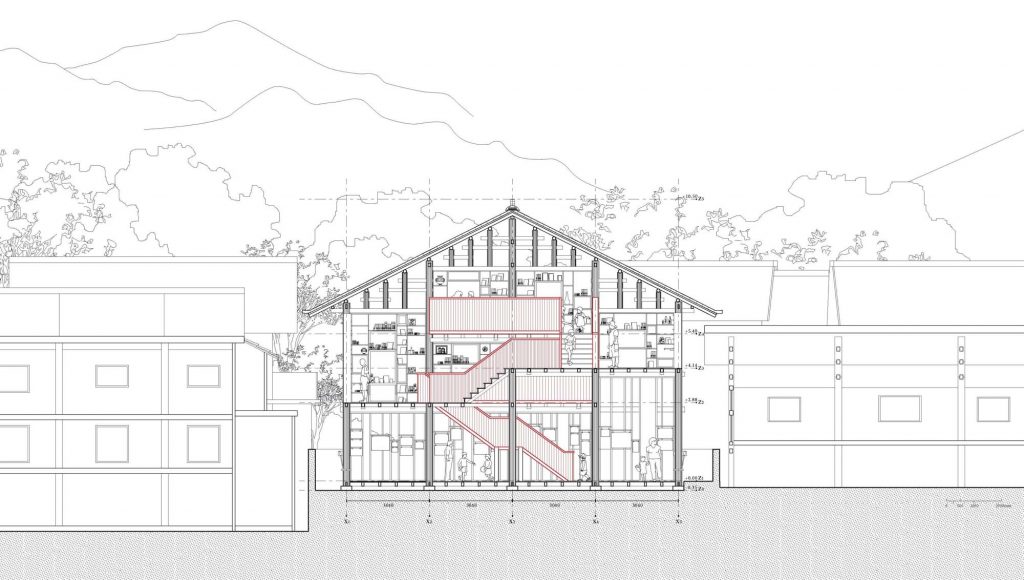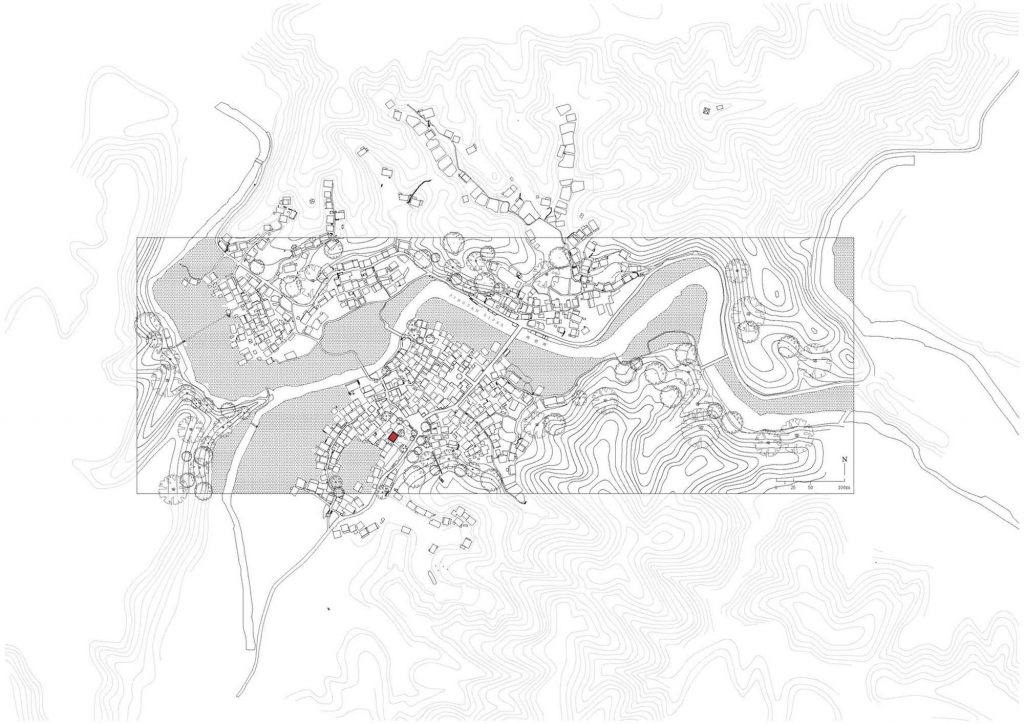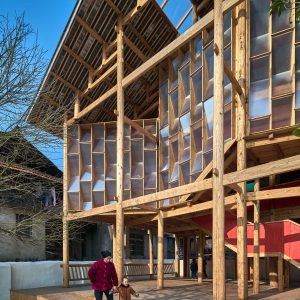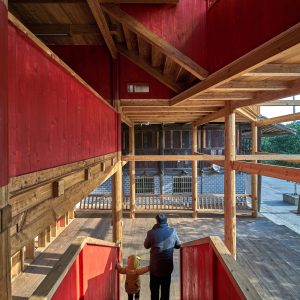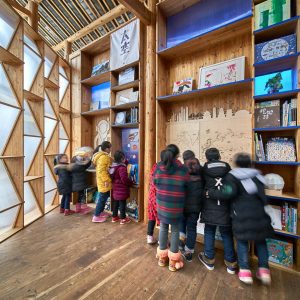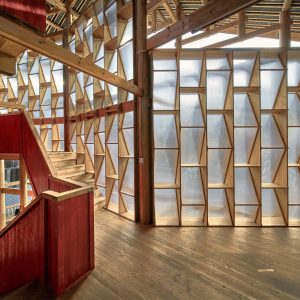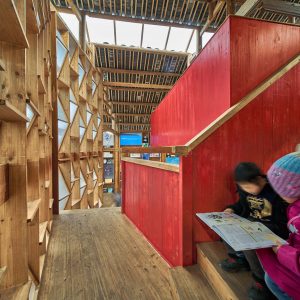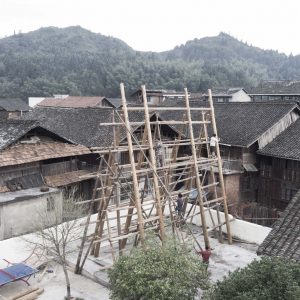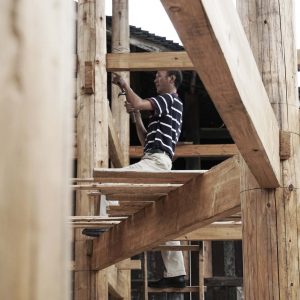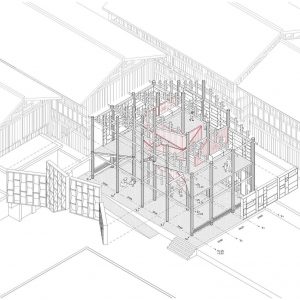- 10 January 2020
- 4405 defa okundu.
Gaobu Book House
The Gaobu Book House (Gaobu village, Tongdao County, Hunan Province), a collaborative project designed and built by Professor Peter W. Ferretto and his Condition_Lab at the School of Architecture of The Chinese University of Hong Kong (CUHK), has won the “Completed Buildings – Civic and Community” category award at this year’s World Architecture Festival (WAF).
Design and built together with the School of Architecture and Urban Planning at Guangzhou University (GZU) and local villagers over five years, the winning project was realised for children in Gaobu to learn through playing and interacting with peers, while demonstrating how traditional architectural elements and methods can be used creatively to make a real difference in improving rural communities.
Competing against 16 other international shortlisted entries, the Gaobu Book House was described as ‘totally intertwined with the community’ by the WAF judges: ‘[It] goes well beyond the actual building and demonstrates excellence of process… working to regenerate and stitch a community back together… Highly sensitive to local needs and skills, the project has enabled new thinking into how a building can be made using traditional techniques.’
Opened in December 2018, the Gaobu Book House is a story about how two universities collaborated with the villagers over a long period to finally deliver a new paradigm for participatory architecture. It is not simply a building but also offers a new way of thinking about how buildings can be designed and fabricated, hoping to preserve traditional architectural design, revitalise rural communities, and cultivate children’s interest in reading books by adding in interactive elements.
With hundreds of years of history, the Dong minority community in Gaobu village possesses a unique cultural heritage rooted in land and customs, yet modernisation poses a serious threat to its identity. Like many other Chinese villages, Gaobu, with a population of 2,500, is challenged by the so-called “village hollowing” in which the working-age population migrate. Most children within Gaobu are raised by their grandparents until the age of 10 when they are forced to leave and study in nearby towns. Due to the lack of educational facilities such as libraries, children in Gaobu spend most of their leisure time online rather than reading.
Hence, Prof. Ferretto and his team at Condition_Lab had an idea to offer a playful educational incubator for the children in Gaobu, with the belief that a simple design can make a great impact on the community. ‘It is a small escape house for children to ponder about the wonders of life,’ he said.
The 200m² two-story Gaobu Book House has adopted the traditional Dong house “Ganlan” as the creative starting point, where local timber is used for the framing. Having witnessed how stairs become a key architectural element in Dong daily life, a place which people usually congregate around and where children love to play, the project team decided that stairs would be the generating idea of the building. The central staircase therefore acts both as a means of circulation and as the identity for the building. The ground floor is conceived as a covered open space for public gatherings and local exhibitions, while each wall of the house above is dedicated to a specific educational theme with shelves of books.
The Gaobu Book House has been a springboard for Condition_Lab – the design-research team is currently designing several other projects in different villages around China and in Hong Kong, and has received numerous prizes with the project earlier this year, including the WA Award (31st Cycle) , Design for Asia Award (DFAA) Bronze Award , and was shortlisted in the Visualisation Prize at WAF 2019 .
On being the category winner at the prestigious WAF, Prof. Ferretto recounted it as a special experience and a recognition of his work at Condition_Lab, which he refers to as a knowledge platform that blurs the lines between research, design and teaching. ‘From a wider perspective, it is also important for all other architectural researchers who design projects – we have a role to play in shaping how the profession evolves, as community participation and directly design and build projects that engage students can make a big, real-world impact,’ he said. ‘What we learnt in Amsterdam is that we are not alone in this way of working and that the profession recognises this way of thinking, too.’
